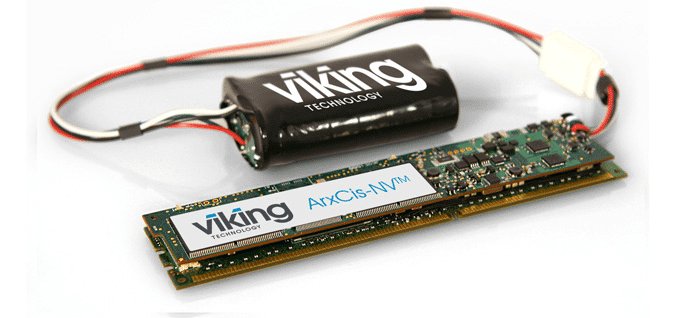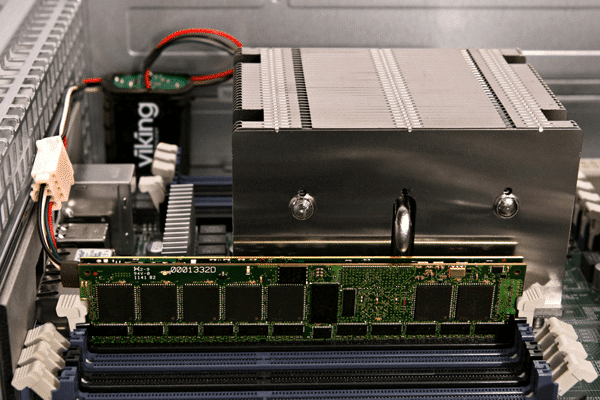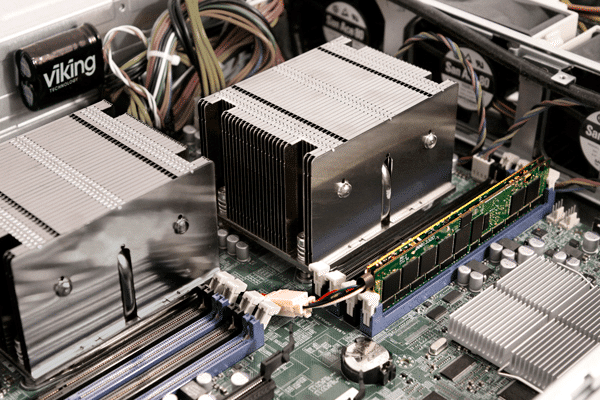Viking Release ArxCis-NV DIMMs
Roshan Ashraf Shaikh / 12 years ago

Viking has begun supplies of ArxCis-NV DIMM which are dual in-line memory kit that combines DDR3 modules with Flash NAND to make non-volatile memory for servers and storage arrays. In short, these memory kits are made so that the data stored in rams are not lost during a power loss or shut down.
ArxCis-NV DIMM is made keeping servers that do large ‘in-memory’ computing tasks such as for ‘hyper scale’ computing applications and even for search engines, such as Facebooks’ ‘Unicorn’ search engine. By using such memory kits for such uses, it will provide real-time response for users whenever they’re searching for anything, such as ‘query prediction’ that Google search has.

These memory kits were demonstrated at Storage Networking Industry Association’s spring conference they can be installed in the standard DIMM memory slots on servers and on RAID controller add-on cards. ArxCis can also be used in existing servers and RAID controllers as a substitute for battery backed up memory kits. Since these kits come with batteries to provide power for those last-minute writes and NAND memory during a power outage.
Viking claims that these DIMM kits can be paired with SSDs to extend the life and performance of the storage drives. This works as the dynamic memory used in memory kits are faster than flash NANDs used in SSDs and doesn’t have the limited write ‘wear out’ period that these NANDs have. Therefore, the write data is kept on the RAM and reducing the possibility of SSD’s NAND from reaching its wear out level.
But Viking isn’t the only manufacturer in the non volatile DIMM business. Micron and AgigA Tech have made an announcement that they will be collaborating together to produce NVDIMM module during November, but Viking seems to be the first with an end product.

The initial NV-DIMM memory kits will have 4GB of RAM and 8GB of flash NAND. By next year, the company plans to have modules with 16GB of RAM with 32GB of flash NAND. Question now remains how will the trends change, when and if DDR4 is ready to be used.
Source: Ars Technica



















